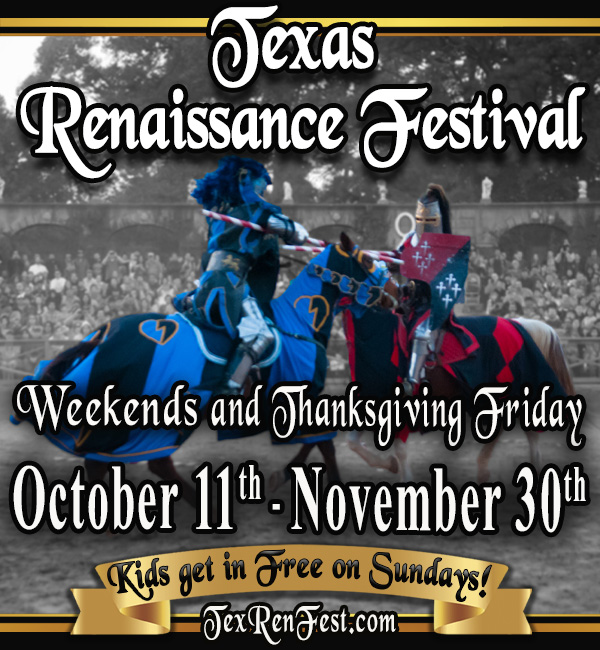
Fort Bend County Master Gardeners Shares Wealth of Gardening Tips for August
This information has been generously provided to Fort Bend County residents free of charge by the Fort Bend County Master Gardeners, an expert group of trained volunteers assisting Texas A&M AgriLife Extension Service in educating the community using research-based horticultural information.
Did you know that the Fort Bend County Master Gardeners offer free training, events and other resources all year round? To learn more, visit fbmg.org.
In this area, August typically has the highest monthly average temperature. So, make sure to protect yourself from the heat with extra hydration. Also, wear hats, long sleeves, and sunscreen. The early morning and early evening hours will be your best gardening times. Here are some other things to do in your garden this month.
-
Drive around and take photos of plants you like that are doing thriving right now. These are heat-loving candidates to consider adding to your garden. You can take the photos to the nursery the next time you want to add plants to your garden.
-
Late August is a good time to start some annuals that will last into the fall. One of these is fall zinnias, a Texas Superstar.
-
Your garden will need lots of water to cope with the heat at this time of the year. Have you considered a rain barrel? Rain barrels are eco-friendly ways to recycle rainwater and save money. Learn why to use a rain barrel and how to make one.
-
You can still put in warm-season crops like summer squash, pole beans, bush beans, peppers, eggplant, and cucumbers from mid-to-late August so they will be ready to harvest in about two months before the first frost. Read the Fall Vegetable Gardening Guide for more information.
-
Cole crops, such as broccoli, cauliflower, Brussel sprouts, and cabbage, can be started from seeds now for transplantation into gardens in late August or September. Learn about growing cole crops.
-
If the heat is too daunting for you to garden in August, you can spend time researching what you want to plant in your fall garden. The Earth-Kind Plant Selector can help you with this.
-
Are you planning to mulch when the weather gets more tolerable? Consider ordering that mulch now. You can save money by ordering mulch in bulk. Many companies will deliver as little as 3 cubic yards to your driveway. If that is too much for you, talk to your neighbors and see if they would like to share. Then, ask the driver to dump some in each driveway! Just make sure your neighborhood permits you to do this. Here are the many reasons to mulch.
-
If you are planning to put in a new garden this fall, you can prepare your beds this month. Learn how to prepare your soil for planting.
-
Halloween is three months away but you might want to be thinking about pumpkins now because early August is the latest time to plant them. These vines will need space to grow so make sure to plant them in a sunny spot with room to spread. Learn about growing pumpkins.
-
You can start vegetables like broccoli, cauliflower, cabbage, and kale from seed this month. Plant them in a cooler, shady spot in your home or garage. Then, move them to a sunnier, protected spot like a windowsill for a couple weeks before they are transplanted. Next month, you can transplant the seedlings into a sunny spot in your garden. Learn about how to start seeds indoors.
-
Do you have butterfly bush (Buddleia) in your garden? In August, you will want to trim it back about one-third and give it some fertilizer. Your local butterflies will thank you when it continues to produce its beautiful blooms. Other small perennial shrubs can similarly be pruned.
-
You can also prune back okra plants that are too leggy. Doing so will cause them to grow side shoots and you can look forward to more okra in the fall. Dig out that gumbo recipe and learn about growing okra.
-
If you have repeat-blooming roses, they should also be cut back by about one-third this month to promote blooming through the fall season. However, don’t prune too much.
-
Star jasmine and other quick- growing vines can be pruned to increase their density. Learn about pruning vines.
-
During this hot month, you turf will need about an inch of water per week. If you are not sure how much water your irrigation system is putting down, you can use the catch can test to determine how much water your yard is getting and if there are spots in your yard that are getting watered unevenly.
-
Brown spots in your grass may indicate a problem with chinch bugs in your yard. Those pests are a particular problem in St. Augustine turf. Learn how to determine if you have chinch bugs and what to do about them.
-
Have you checked your mower blades recently? Sharp blades make clean cuts while dull blades tear the grass blades, which isn’t healthy. Learn about mowing recommendations for warm-season grasses.
August Color in Fort Bend County
In the heat of August, you might be thinking about adding some shade to your yard. The Chinese Pistache is a hardy, long-lived Texas Superstar® that provides summer shade and beautiful fall color. It is drought resistant, pest resistant, and well adapted to all parts of the state. Here is some more you might want to know:
-
Grows to a height of approximately 40 feet and a width of 30 feet
-
Tolerates most soil types
-
Extremely heat tolerant
-
Plant in full sun
-
Female trees sprout seedlings so male trees are preferred, when possible.
Learn more about this Texas Superstar at texassuperstar.com/chinese-pistache-2/. For more information about Texas Superstar plants, visit texassuperstar.com.
Here are some ideas of what to add to your garden this month and one suggestion of what not to add.
-
Plant your fall vegetables! Visit this Fall Vegetable Gardening Guide for all the details.
-
Barbados Cherry (Malpighia glabra) – This evergreen shrub grows to a height of 4 to 8 feet and has small white-pink to dark pink blooms from spring through fall. It grows quickly and is heat and drought tolerant. Plant in full sun.
-
Shrub Morning Glory or Bush Morning Glory (Ipomoea fistulosa) – This old-fashioned shrub bears lavender blooms from spring through fall and grows to a height of about 6 to 8 feet. It prefers full sun and is perennial in our part of Texas.
-
Fall zinnias (Zinnia sp.) – This colorful annual is a Texas Superstar and can be planted in late summer to early fall. It is low growing so let it shine in the front of your garden. It is very heat tolerant and does not do well with overwatering.
Want to go deeper? Visit the Fort Bend County Master Gardeners' Article Library for a plethora of information about gardening in your region at fbmg.org/fort-bend-gardening/article-library. Contact the Fort Bend County Master Gardeners help desk at fbmg.org/ask-a-master-gardener for assistance with your horticultural needs.







